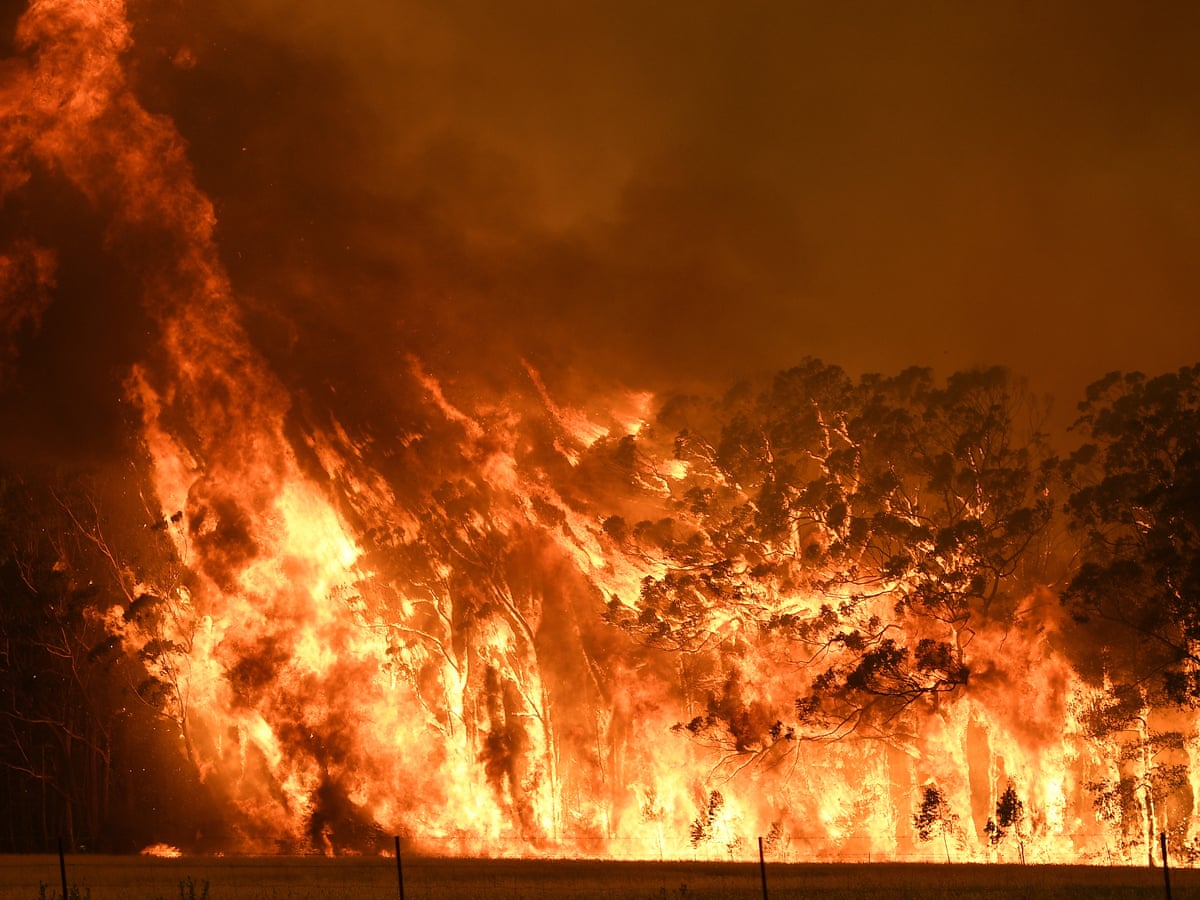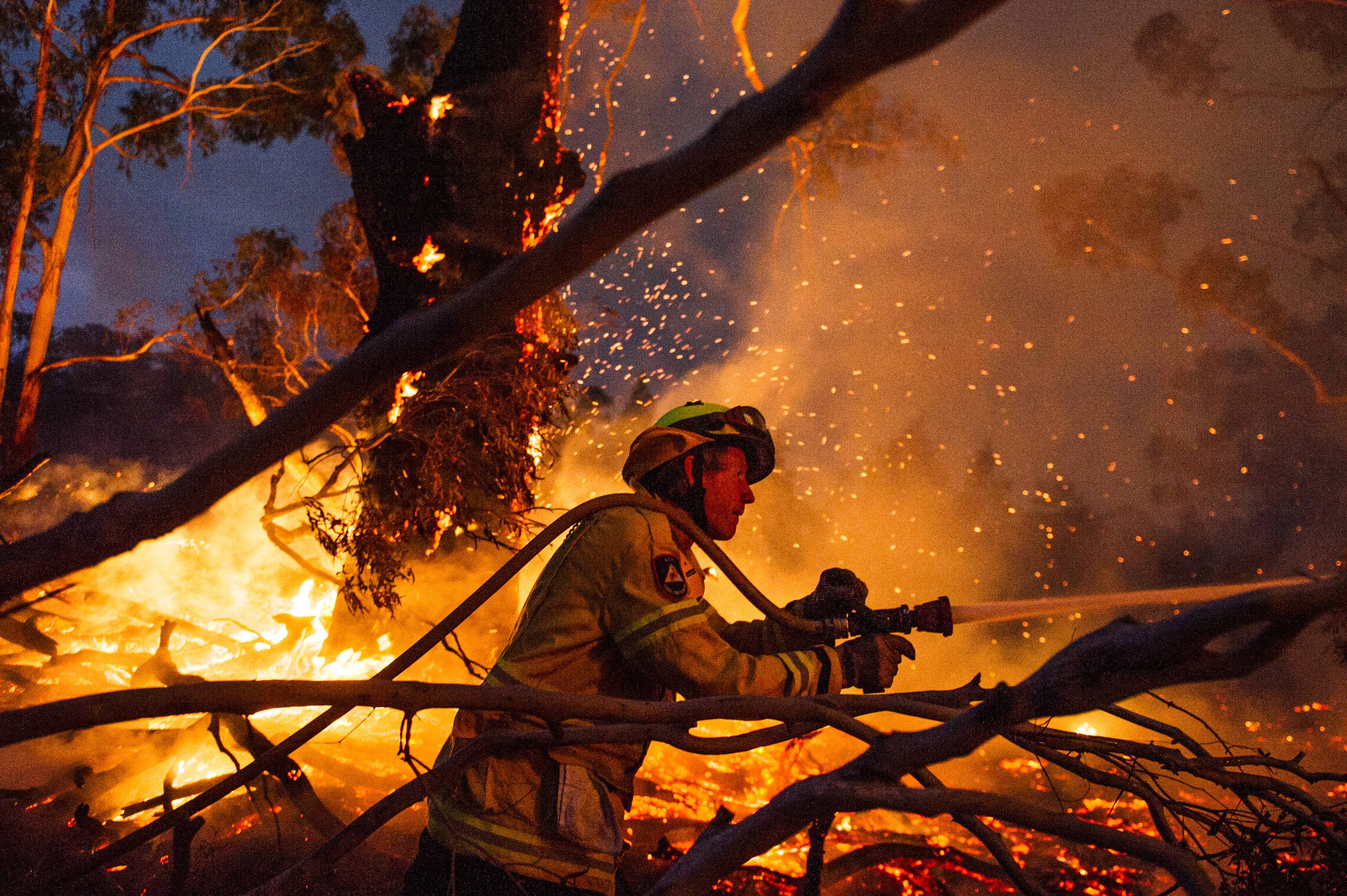Navigating the Demands: Your Overview to Acquiring a BAL Report
Wiki Article
The Importance of Bushfire Management in Fire Protection
In the realm of fire protection, the significance of effective bushfire management can not be understated. As neighborhoods around the world grapple with enhancing instances of wildfires, the proactive approach to stop and mitigating these natural catastrophes with tactical bushfire administration strategies has actually arised as a critical component. Beyond the immediate threat to human life and home, the interplay in between bushfire administration and environmental preservation, community involvement, and environment modification presents complicated obstacles that demand comprehensive remedies.Importance of Proactive Bushfire Prevention
Proactive bushfire avoidance approaches are necessary in mitigating the devastating effects of wildfires on environments and areas. One essential aspect of proactive bushfire prevention is fuel administration.Informing the public on fire security methods and promoting community understanding regarding the importance of bushfire avoidance are vital parts of positive strategies. Eventually, positive bushfire prevention plays a significant function in safeguarding areas and ecological communities from the damaging influences of wildfires.
Function of Area Interaction in Fire Protection
Engaging the area in fire security initiatives is essential to enhancing the effectiveness of aggressive bushfire prevention methods. Community interaction plays a vital role in promoting a collective understanding of the dangers postured by bushfires and the significance of readiness measures. By including neighborhood citizens, authorities can share important details ablaze security techniques, evacuation procedures, and early caution systems, empowering individuals to take aggressive steps to secure their residential properties and lives.Furthermore, neighborhood involvement campaigns aid build strength within areas, cultivating a feeling of unity and shared responsibility in mitigating fire threats. Via workshops, training sessions, and community events, locals can discover exactly how to develop defensible rooms around their homes, lower fire gas lots, and recognize possible hazards. By fostering a society of readiness and cooperation, neighborhoods can reinforce their ability to react properly to bushfire emergency situations, minimizing the influence on lives and residential properties. Eventually, neighborhood interaction is a foundation of extensive fire protection strategies, stressing the significance of collective action in guarding at risk locations from the danger of bushfires.
Relevance of Wildlife Preservation in Bushfire Monitoring
Conservation of wild animals plays a vital function in efficient bushfire administration strategies, guaranteeing the protection of varied environments and biodiversity in fire-prone regions. Wildlife conservation is vital as it adds to the overall durability of ecological communities, helping in their capacity to recoup and endure from the effect of bushfires. By preserving habitats and safeguarding numerous species, the natural balance within these ecological communities is maintained, which is vital for their lasting health and sustainability.Additionally, wild animals conservation additionally helps in decreasing the threat and strength of bushfires. Healthy environments with well-preserved wildlife populations can function as natural firebreaks, reducing the spread of fires and restricting their devastating potential (Bushfire Risk). Certain pet species, like tunneling animals or birds that spread seeds, play special functions in assisting or preventing fires in the post-fire regeneration of environments
Including wild animals conservation right into bushfire management strategies is not just essential for protecting biodiversity but also for advertising the total wellness and strength of communities when faced with Bushfire Risk enhancing fire dangers.
Benefits of Strategic Gas Decrease Programs
Strategically implementing gas reduction programs is crucial in minimizing the danger and effect of bushfires in fire-prone areas. These programs involve regulated burning, mechanical cleaning, and other approaches to minimize the amount of combustible plants available to sustain wildfires. By tactically reducing gas loads in vital areas, such as close to domestic areas or critical framework, the intensity and spread of bushfires can be significantly reduced.One of the key benefits of gas reduction programs is the improvement of general fire strength in an ecological community. By producing strategic gas breaks and reducing the connection of plants, these programs help to disrupt the course of a bushfire, making it simpler for firemans to snuff out the blaze and include. In addition, fuel reduction programs can secure biodiversity by preventing exceedingly extreme fires that can devastate habitats and intimidate wildlife populations.
In addition, these programs can also secure human lives and home by decreasing the risk of disastrous fires that pose a considerable risk to areas. Ultimately, tactical fuel decrease programs play an essential duty in proactive bushfire management and fostering a much safer environment for both people and nature.
Influence of Environment Modification on Bushfire Threat

Higher temperature levels result in drier plants, making it extra vulnerable to ignition. Minimized rains in specific areas lengthens drought conditions, additionally increasing the flammability of the landscape. Additionally, the altering environment has actually altered wind patterns and atmospheric problems, bring about more unpredictable fire habits and quick fire spread.
As the environment remains to alter, the frequency and strength of bushfires are anticipated to rise, requiring a aggressive and adaptive approach to bushfire administration. Strategies need to advance to account for the changing danger landscape, integrating environment estimates and considering long-term durability in fire administration preparation. Resolving the impact of climate change on bushfire threat is critical in establishing effective strategies to secure lives, residential or commercial property, and the setting.
Verdict
Finally, aggressive bushfire prevention, area interaction, wildlife preservation, strategic gas decrease programs, and consideration of climate change are critical parts in efficient fire protection. By implementing these approaches, we can much better handle bushfire risks and shield both human lives and the setting. Bushfire Management Plan. It is necessary that stakeholders collaborate to focus on these steps to reduce the devastating influence of bushfires on neighborhoods and environments

As the environment proceeds to change, the frequency and strength of bushfires are expected to rise, necessitating a adaptive and proactive strategy to bushfire administration.In final thought, proactive bushfire avoidance, neighborhood engagement, wild animals preservation, strategic gas decrease programs, and consideration of climate adjustment are vital elements in reliable fire protection.
Report this wiki page